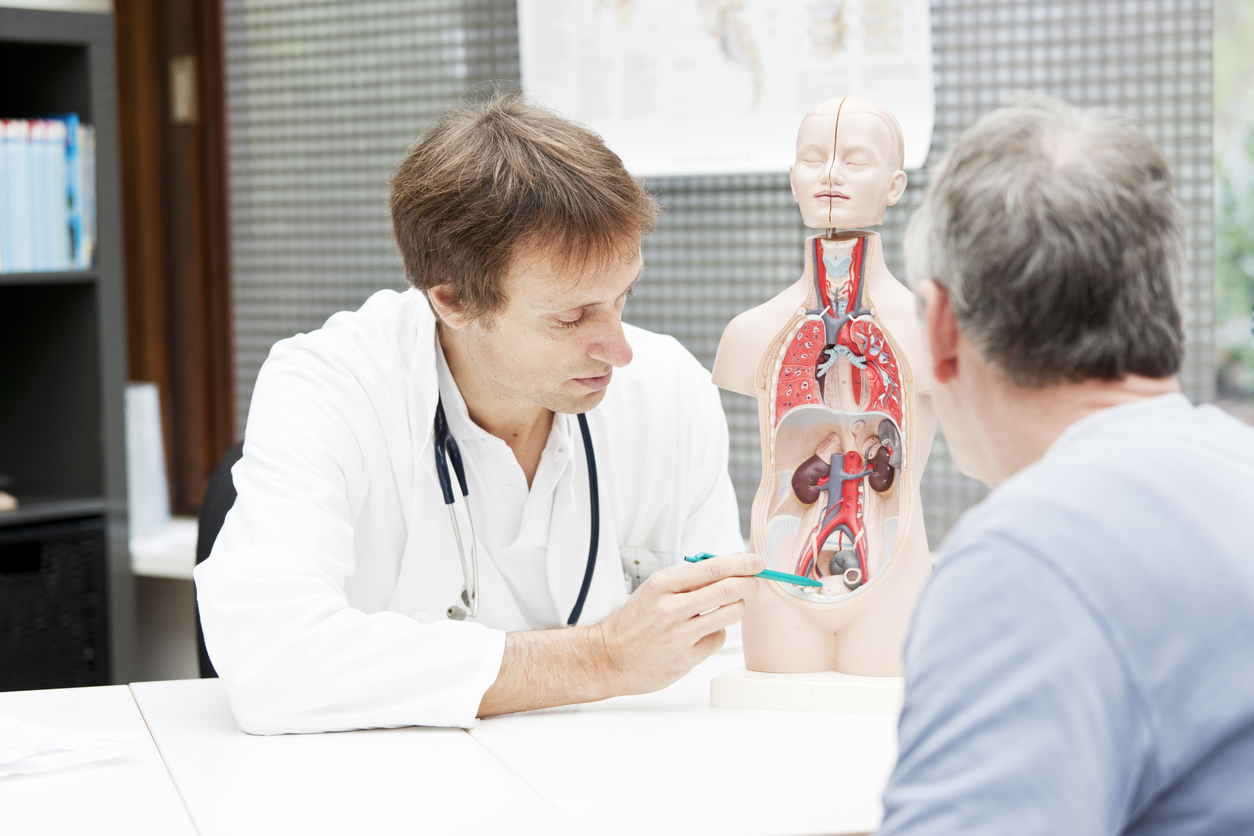Benign prostatic hypertrophy is a problem that affects the majority of men as they age. How is it treated? We spoke with Professor Giorgio Guazzoni, head of Urology at Humanitas to get some answers.
“The presence of this disorder causes difficulty in the quality of life for men. It is essentially an increase in the volume of the prostate. This results in difficulty emptying or trying to empty the bladder.”
By medical therapy intervention
“It is therefore necessary to identify the medical treatment that will help alleviate the symptoms. When medical treatment is no longer necessary or sufficient, the doctor may propose dis-obstructive interventions. Such interventions allow the patient to urinate better. Today the interventions are conducted via trans-urethral means, meaning through the urethra. The patient undergoes regional anesthesia and remains awake during the operation but has no feeling in the area,” explains Professor Guazzoni. Trans-urethral intervention is usually abbreviated as TURP and is the most common type of intervention for benign prostatic hypertrophy.
What are the benefits of the intervention?
“It is a minimally invasive intervention which can improve the patient’s quality of life. We must note that to any possible intervention and using any technique, we correlate a known side effect (and therefore not a complication) which is retrograde ejaculation. During retrograde ejaculation, which can occur due to a prostatic resection intervention, the semen does not exit from the urethra during an orgasm but instead falls in the bladder.
Finally, in cases where the patient has not dealt with the problem early enough, they will have to visit an emergency room and make use of a catheter for urination. If left untreated the patient runs the risk of reaching an age in which he will no longer be eligible for surgery. This means the patient will be forced to use a catheter to urinate,” concludes Professor Guazzoni.
-
3,400 Physicians
-
110,400 Annual surgeries
-
190,400 Annual Inpatient Admissions
-
928,000 Patients


